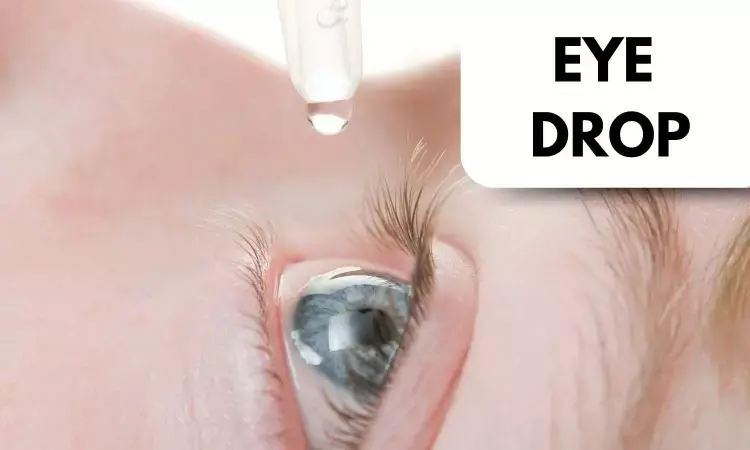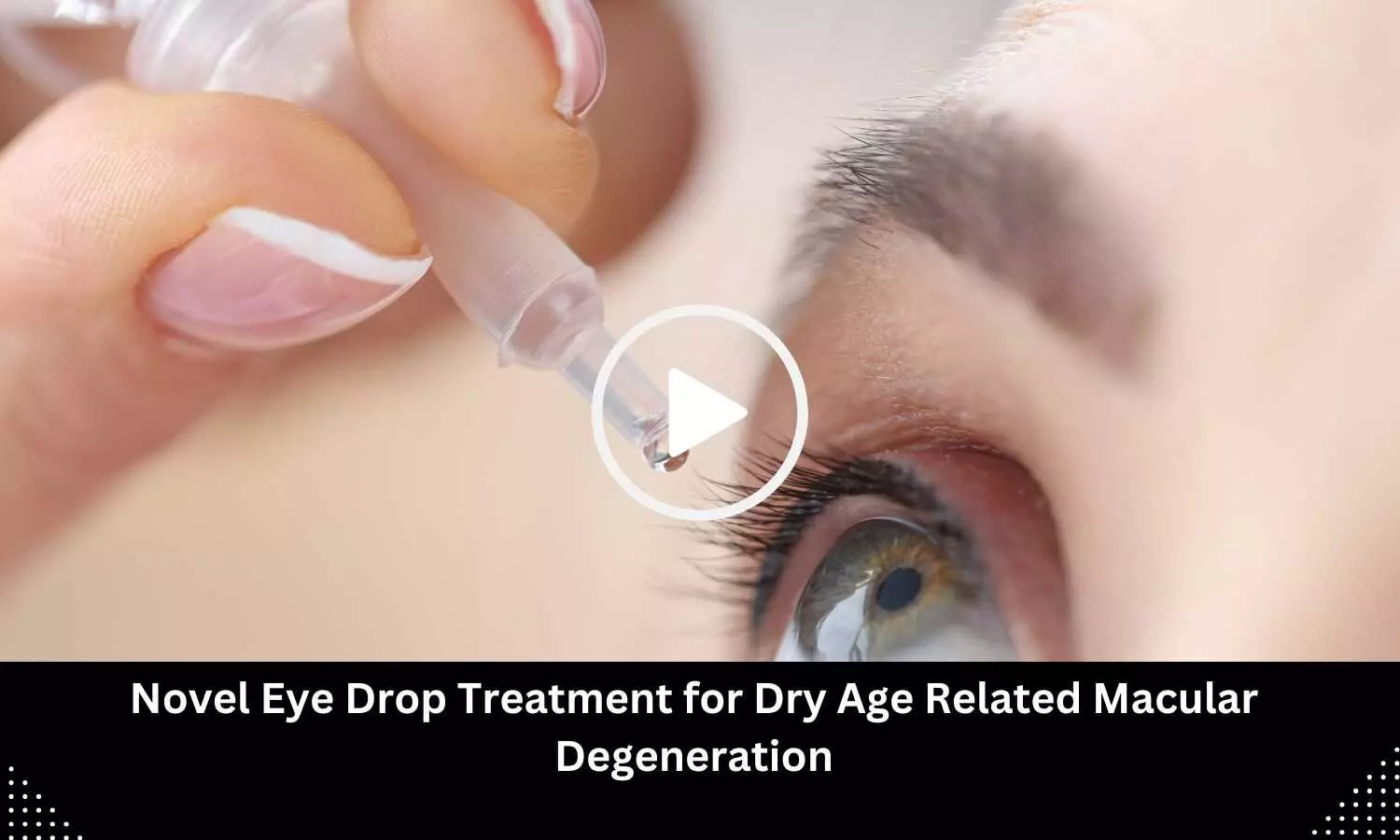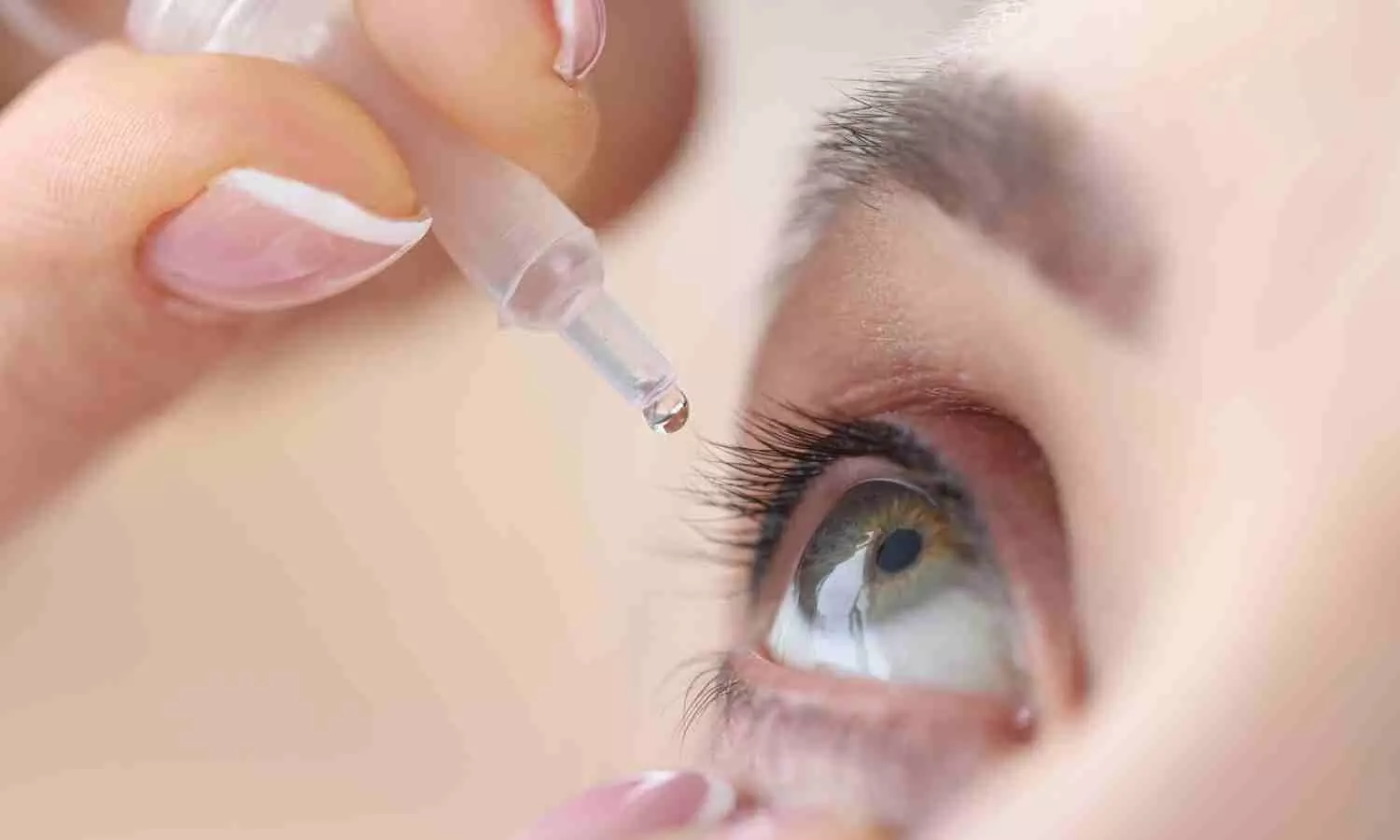- Home
- Medical news & Guidelines
- Anesthesiology
- Cardiology and CTVS
- Critical Care
- Dentistry
- Dermatology
- Diabetes and Endocrinology
- ENT
- Gastroenterology
- Medicine
- Nephrology
- Neurology
- Obstretics-Gynaecology
- Oncology
- Ophthalmology
- Orthopaedics
- Pediatrics-Neonatology
- Psychiatry
- Pulmonology
- Radiology
- Surgery
- Urology
- Laboratory Medicine
- Diet
- Nursing
- Paramedical
- Physiotherapy
- Health news
- Fact Check
- Bone Health Fact Check
- Brain Health Fact Check
- Cancer Related Fact Check
- Child Care Fact Check
- Dental and oral health fact check
- Diabetes and metabolic health fact check
- Diet and Nutrition Fact Check
- Eye and ENT Care Fact Check
- Fitness fact check
- Gut health fact check
- Heart health fact check
- Kidney health fact check
- Medical education fact check
- Men's health fact check
- Respiratory fact check
- Skin and hair care fact check
- Vaccine and Immunization fact check
- Women's health fact check
- AYUSH
- State News
- Andaman and Nicobar Islands
- Andhra Pradesh
- Arunachal Pradesh
- Assam
- Bihar
- Chandigarh
- Chattisgarh
- Dadra and Nagar Haveli
- Daman and Diu
- Delhi
- Goa
- Gujarat
- Haryana
- Himachal Pradesh
- Jammu & Kashmir
- Jharkhand
- Karnataka
- Kerala
- Ladakh
- Lakshadweep
- Madhya Pradesh
- Maharashtra
- Manipur
- Meghalaya
- Mizoram
- Nagaland
- Odisha
- Puducherry
- Punjab
- Rajasthan
- Sikkim
- Tamil Nadu
- Telangana
- Tripura
- Uttar Pradesh
- Uttrakhand
- West Bengal
- Medical Education
- Industry
Micro drops non-inferior to Standard drops for Retinopathy of Prematurity: JAMA

A recent study published in the journal JAMA Ophthalmology found that substituting micro drops with standard drops was non-inferior as it reduced the systemic effects in preterm infants who have retinopathy of prematurity.
Retinopathy of prematurity (ROP) is one of the most significant risk factors in premature infants who are born prematurely as it can affect vision. Eyedrops that contain either adrenergic agonists, muscarinic antagonists, or their combination are used for adequate pupil dilation. However, they have the risk of causing systemic cardiorespiratory and gastrointestinal adverse events. Hence, researchers conducted a study to examine the noninferiority of micro drops of a combined mixture of 1.67% phenylephrine and 0.33% tropicamide compared to the standard eye drops.
A randomized, double-masked, noninferiority, crossover design trial was conducted on premature infants undergoing ROP screening at a tertiary center in Northern Greece from September 2021 to January 2023. Infants with gestational age below 32 weeks and/or birthweight under 1501 g or infants beyond these thresholds referred by an attending neonatologist due to comorbidities were considered eligible for the study. Random allocation was done to prescribe micro drops or standard drops of the diluted mixture with a 1-week washout period.
The horizontal pupil diameter at 45, 90, and 120 minutes was measured using a customized ruler in 0.5-mm increments. A predefined noninferiority margin of −0.4 mm was set. Parameters like heart rate, oxygen saturation, blood pressure measurements at 45, 90, and 120 minutes, 24-hour hypertensive episodes, and 48-hour systemic adverse events were assessed. Hydrophilic liquid chromatography-tandem mass spectrometry measured Phenylephrine concentration in peripheral blood within 3 hours post-instillation.
Findings:
- About 83 infants were randomized with a mean [SD] gestational age of 29.7 [2.0] weeks and a mean [SD] birth weight of 1277 [374] g).
- Micro drops were superior for mydriatic efficacy at 45 minutes and non-inferior at 90 and 120 minutes.
- After standard drops, lower oxygen saturation levels at 45 and 90 minutes and a higher percentage of 24-hour hypertensive episodes were observed.
- A 1-compartment model with first-order absorption best described the pharmacokinetic data.
Thus, the researchers concluded that micro drops of combined 1.67% phenylephrine and 0.33% tropicamide in a mixture were proven superior regarding mydriatic efficacy at 45 minutes and non-inferior at 90 and 120 minutes compared with standard drops of the same regimen administered in infants undergoing ROP screening.
Micro drops were found to be safe, non-inferior to standard drops, and reduce system absorption. Due to their diagnostic efficacy, they can be preferable for ophthalmologists and neonatologists.
Further reading: Seliniotaki AK, Lithoxopoulou M, Virgiliou C, et al. Efficacy and Safety of Mydriatic Microdrops for Retinopathy of Prematurity Screening: The MyMiROPS Randomized Clinical Trial. JAMA Ophthalmol. Published online December 26, 2024. doi:10.1001/jamaophthalmol.2024.5462
BDS, MDS
Dr.Niharika Harsha B (BDS,MDS) completed her BDS from Govt Dental College, Hyderabad and MDS from Dr.NTR University of health sciences(Now Kaloji Rao University). She has 4 years of private dental practice and worked for 2 years as Consultant Oral Radiologist at a Dental Imaging Centre in Hyderabad. She worked as Research Assistant and scientific writer in the development of Oral Anti cancer screening device with her seniors. She has a deep intriguing wish in writing highly engaging, captivating and informative medical content for a wider audience. She can be contacted at editorial@medicaldialogues.in.
Dr Kamal Kant Kohli-MBBS, DTCD- a chest specialist with more than 30 years of practice and a flair for writing clinical articles, Dr Kamal Kant Kohli joined Medical Dialogues as a Chief Editor of Medical News. Besides writing articles, as an editor, he proofreads and verifies all the medical content published on Medical Dialogues including those coming from journals, studies,medical conferences,guidelines etc. Email: drkohli@medicaldialogues.in. Contact no. 011-43720751




